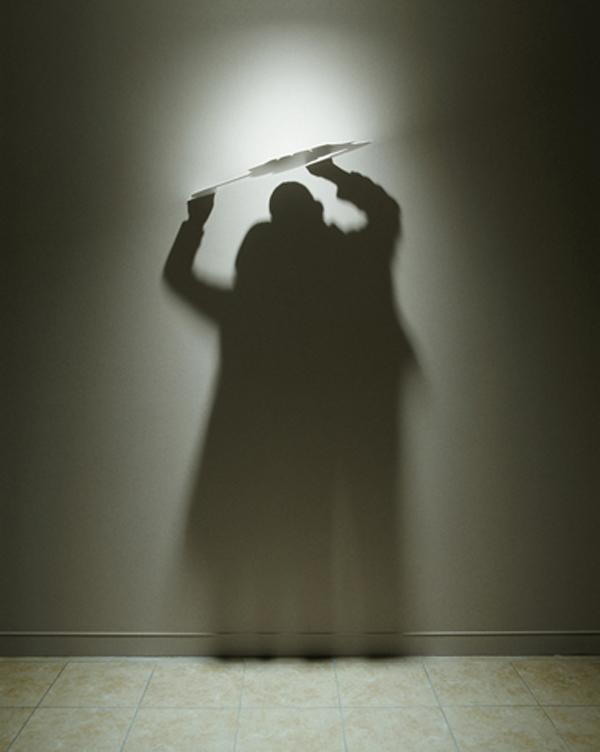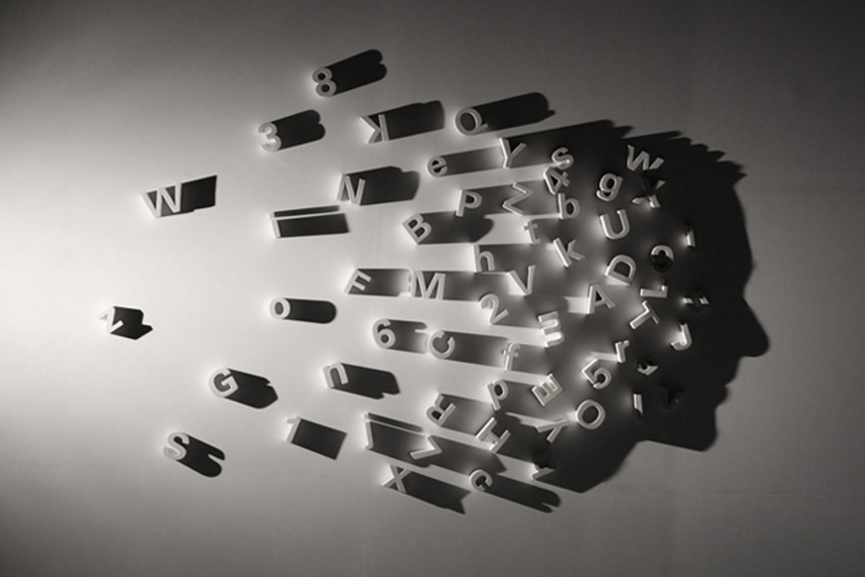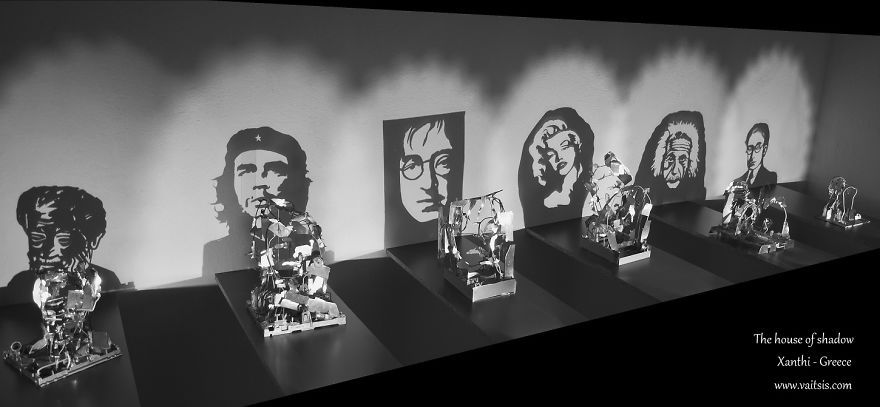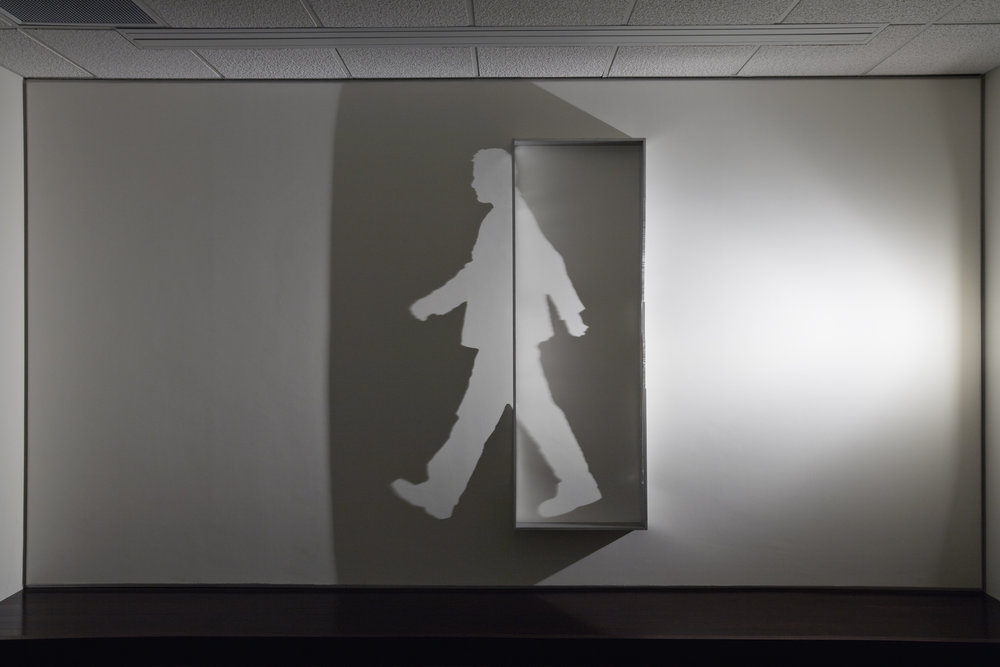PROJECT OUTCOME PREVIEW:
THERMOCHROMIC MASK:
MASK, POSTER AND PACKAGE.
INTRODUCTION.
To sum it up, we are making a publication based on the given poem/song. The publication can be anything as long as it delivers the message and shows the poem/song through visual or sound.
SONG.
My given song is called “The Revolution Will Not Be Televised”. It is written by Gil Scott-Heron.
Here is a video of the song:
You will not be able to stay home, brother.
You will not be able to plug in, turn on and cop out.
You will not be able to lose yourself on skag and
skip out for beer during commercials,
Because the revolution will not be televised.
The revolution will not be televised.
The revolution will not be brought to you by Xerox
In 4 parts without commercial interruptions.
The revolution will not show you pictures of Nixon
blowing a bugle and leading a charge by John
Mitchell, General Abrams and Mendel Rivers to eat
hog maws confiscated from a Harlem sanctuary.
The revolution will not be televised.
The revolution will not be brought to you by the
Schaefer Award Theatre and will not star Natalie
Woods and Steve McQueen or Bullwinkle and Julia.
The revolution will not give your mouth sex appeal.
The revolution will not get rid of the nubs.
The revolution will not make you look five pounds
thinner, the revolution will not be televised, Brother.
There will be no pictures of you and Willie Mays
pushing that shopping cart down the block on the dead run,
or trying to slide that color television into a stolen ambulance.
NBC will not be able predict the winner at 8:32
on reports from 29 districts.
The revolution will not be televised.
There will be no pictures of pigs shooting down
brothers in the instant replay.
There will be no pictures of Whitney Young being
run out of Harlem on a rail with a brand new process.
There will be no slow motion or still life of Roy
Wilkens strolling through Watts in a Red, Black and
Green liberation jumpsuit that he had been saving
For just the right occasion.
Green Acres, The Beverly Hillbillies, and Hooterville
Junction will no longer be so god damned relevant, and
women will not care if Dick finally screwed
Jane on Search for Tomorrow because Black people
will be in the street looking for a brighter day.
The revolution will not be televised.
There will be no highlights on the eleven o’clock
news and no pictures of hairy armed women
liberationists and Jackie Onassis blowing her nose.
The theme song will not be written by Jim Webb or
Francis Scott Key, nor sung by Glen Campbell, Tom
Jones, Johnny Cash or Englebert Humperdink.
The revolution will not be televised.
The revolution will not be right back
after a message about a white tornado, white lightning, or white people.
You will not have to worry about a dove in your
bedroom, a tiger in your tank, or the giant in your toilet bowl.
The revolution will not go better with Coke.
The revolution will not fight the germs that may cause bad breath.
The revolution will put you in the driver’s seat.
The revolution will not be televised, will not be televised,
will not be televised, will not be televised.
The revolution will be no re-run brothers;
The revolution will be live.
RESEARCH.
The first thing I did was to create a plan for research. I split the research directions into five directions: Gil Scott-Heron, The song, the Black community, Revolution and Racism. Through these topics, I will be able to understand the context and why he wrote this piece o work.
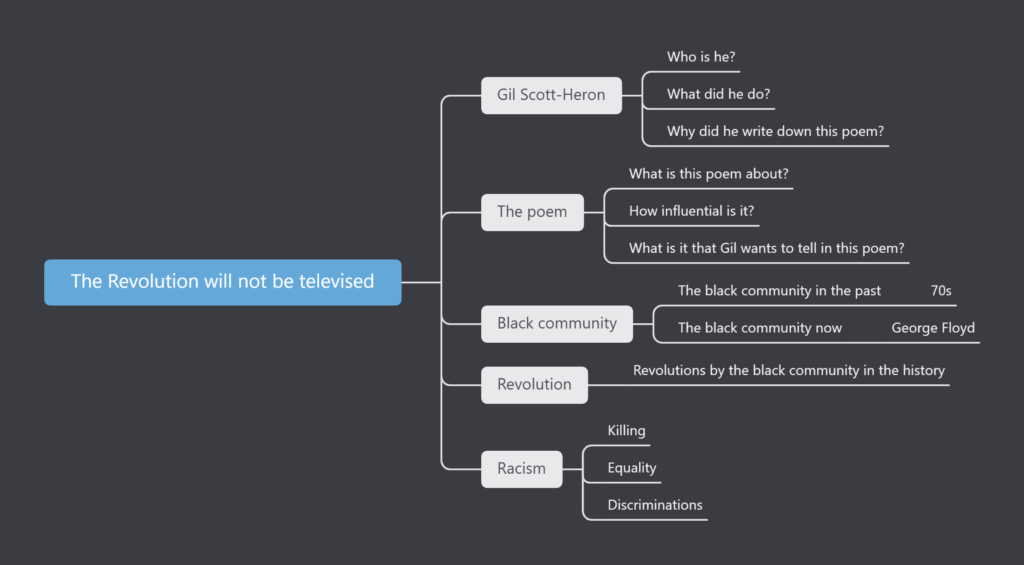
WHO IS GIL SCOTT-HERON?
Gil Scott-Heron is an American poet, musician and author in the field of soul and jazz. He was born in Chicago, raised by his grandmother due to the separation of his parents. Gil went to Lincoln University after high school, where he wrote two novels: The Vulture and The Nigger Factory. During his time in Lincoln, he was heavily influenced by the Black Arts Movement, as well as leading several movements by himself.
Gil Scott-Heron started his career as a musician and poet in 1970. His first album ‘Small Talk at 125th and Lenox’ was heavily themed around contemporary issues, and ‘The Revolution Will Not Be Televised’ is one of the works in the album.
WHY DID HE WRITE THIS SONG?
Marcus Baram talked about the history of Gil and his intentions of writing the poem, see link below:
Here are some paragraphs:

I think this could be an origin story of Gil developing his mind towards fighting for human rights. The tragedy let him grew into a leader who is able to conduct events against oppressions.

Now we understand that Gil has always being a leader of the black power movement, and it’s interesting to see John Mitchell’s name shows up in this paragraph. This could be a reason why Gil puts his name in the song.

I like how he shifts between writer and musician, which are both great mediums to carry information. The idea of how he emphasises rhythmic speech over music is an inspiring way to deliver messages to the audiences.

Gil never drops out writing. He uses his pen as a weapon to express his anger, which is a peaceful way to fight against inequality.

Now I understand why this song is so iconic in the black power movement. What happened to the black community as well as Gil himself was full of tragedy.
NAMES AND WHO THEY ARE.
I captured the names mentioned in the song, and tried to find out who they are:
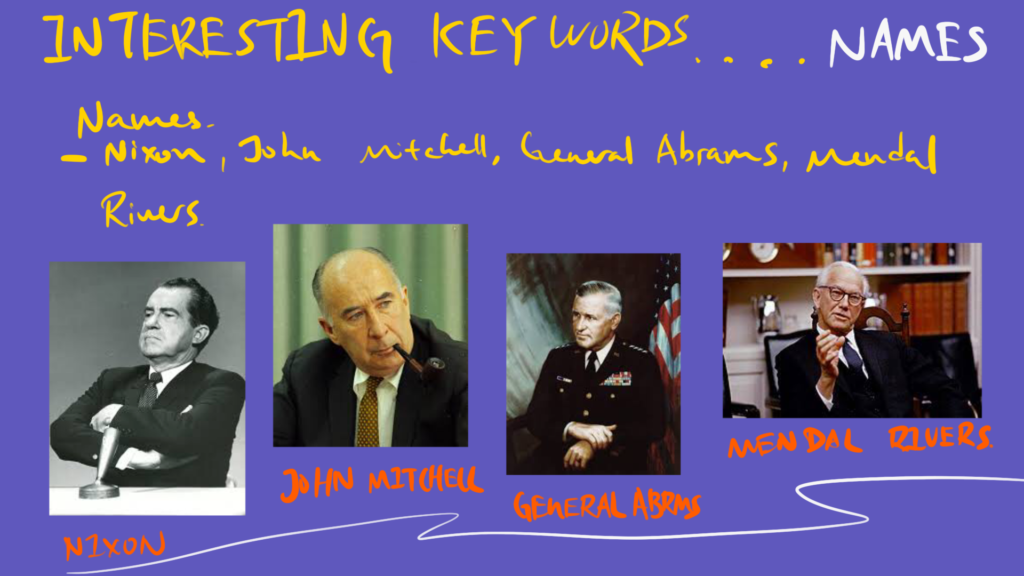
The first set of people are the representations of the U.S. government at that time. We already know what John Mitchell did to the black community.
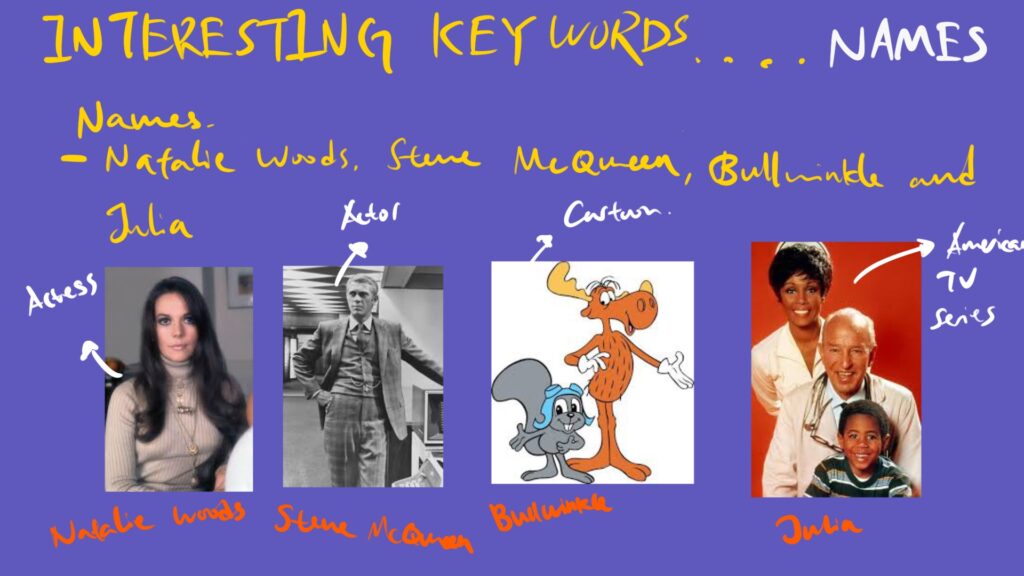
The second set of names are either celebrity or TV series.

The third set of names are the only three black people in the song.
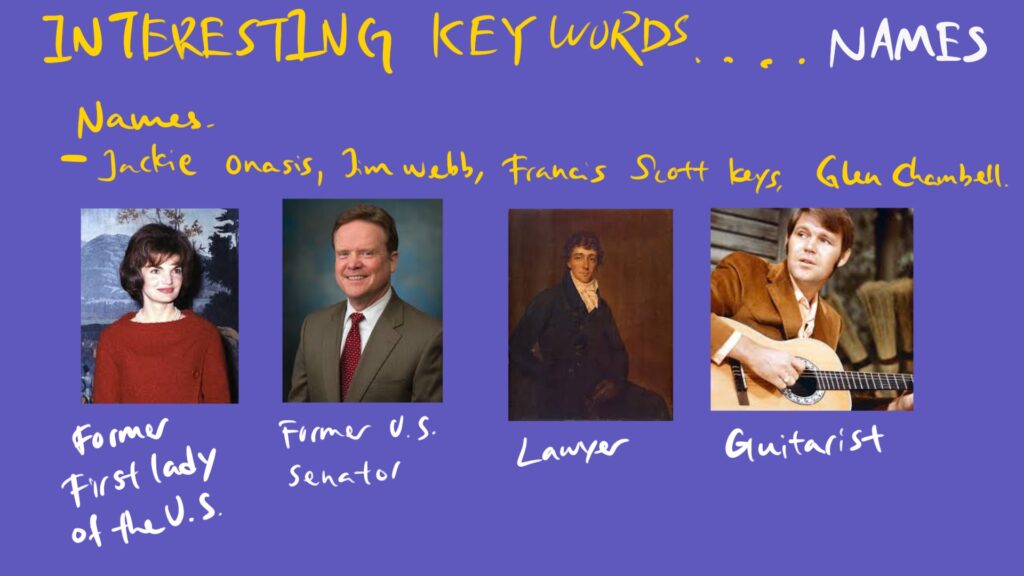
This is an interesting set of names. From tv star to U.S. senator, and lawyer to a guitarist.
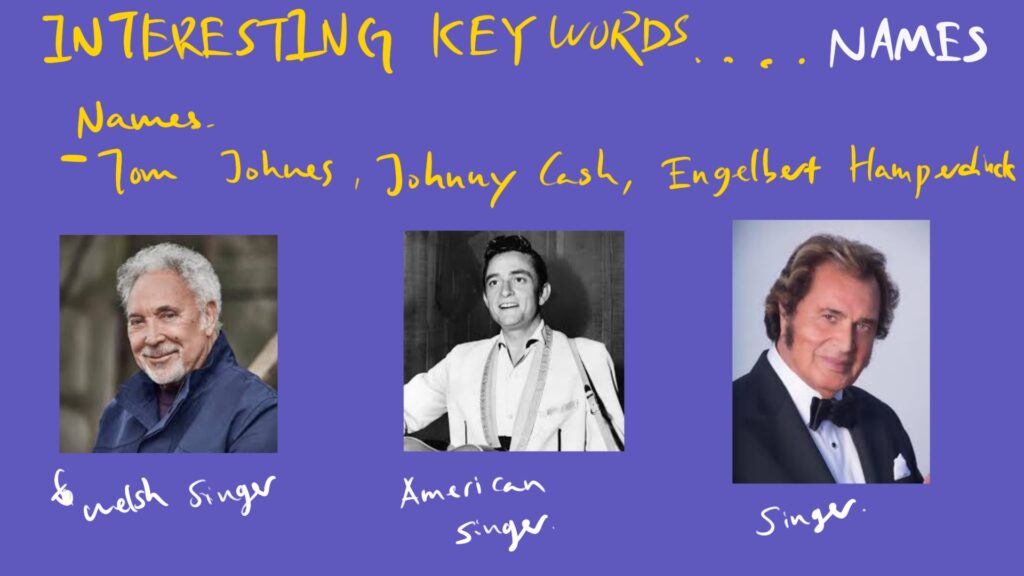
The last set of names are all famous singers.
CONCLUSION.
In conclusion, most of the names are relating to people who have popularities. In other words, they have strong connections to the television or media. This could be something that relates to ‘televised’.
Here is some additional research I did:
The first four names are in the Richard Nixon campaign, including President Nixon himself. Here is a rough description of this campaign in the 60s to 70s, written by German Lopez:

Natalie Woods is a film star who also got herself into a controversial situation, see below, written by Patricia Guadalupe:

WHAT IS THIS SONG ABOUT?
Here are my brief thoughts about the poem after reading it:

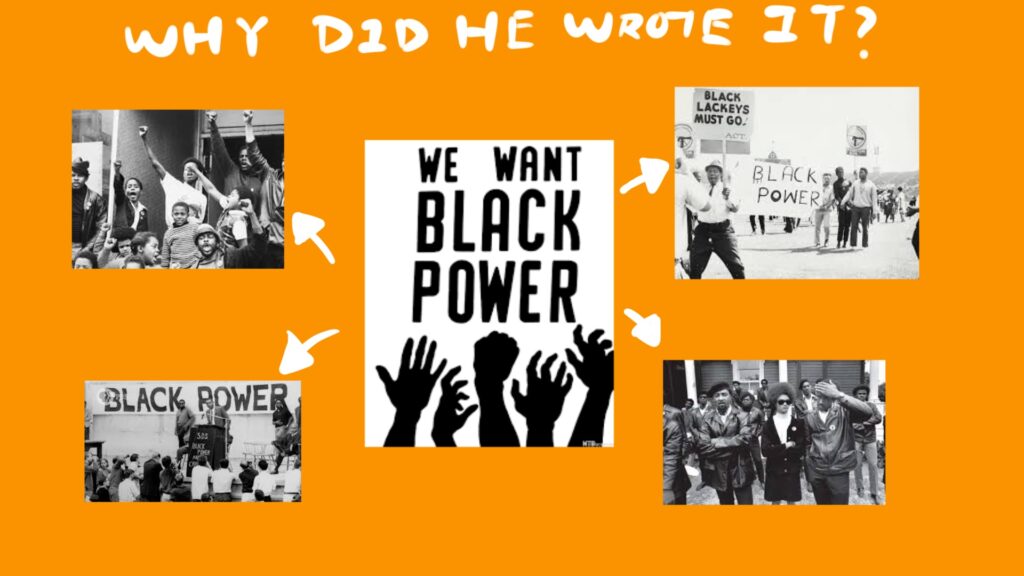

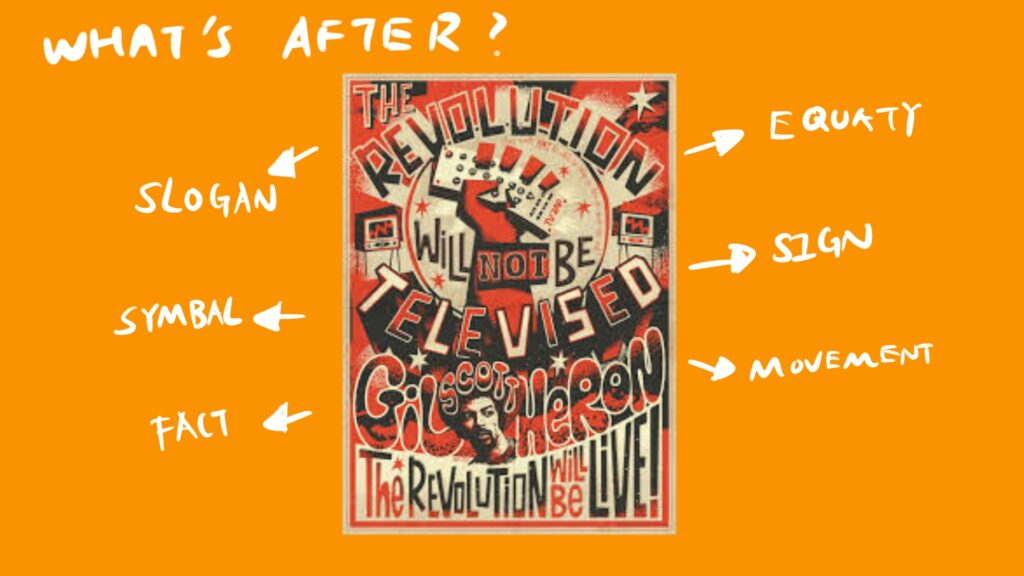
This is how society thinks its meaning:

This is Gil’s explanation:
A paragraph was written by Caitlin Rockett on BOULDER WEEKLY:
“The first change that takes place is in your mind. You have to change your mind before you change the way you live and the way you move. So when we said that the revolution will not be televised, we’re saying that the thing that’s going to change people is something that no one will ever be able to capture on film. It’ll just be something you see and all of a sudden you realize, I’m on the wrong page, or I’m on the right page but I’m on the wrong note.” —Gil Scott-Heron, speaking to Skip Blumberg for the award-winning Public Broadcast System series ‘The 90’s.’ Watch the full interview below.
HOW INFLUENTIAL IS THIS SONG?
Here is a section I captured from Russell Contreras’ article: ”The Revolution Will Not Be Televised” turns 50:

In this article, Contreras explained how important this poem is to the black revolutions, and how it’s still influencing and reflecting to the current situations, for example, the tragic of George Floyd.
Personally, I think Gil was a brave man who decided to push forward the black movement in the 70s, despite the fact that the society was still full of injustice and racism towards coloured people. Instead of extreme actions, he headed to a more peaceful direction, which is using the power of literature and music to change people’s mind.
BLACK POWER MOVEMENT IN THE 60S.
In order to dive deeper into the context of the making of this poem, I researched the the black movement during that time, here is a description from the National Archives:

As we can see from this short description, a lot of black people acted towards inequalities in U.S.. They were asking the government and schools to take the history serious, and let more young people to understand what equality means. This movement is not about taking extreme actions towards people who are racists, but to change people’s mind through more peaceful ways. It is under this period of time, Gil joined as s musician and poets to fight for equality.
George Floyd.
It is important to not only revising what happened in the past, but also what is going on currently. Here is a case that really makes the black power movement worldwide. Article was written by The New York Times:

Here is a full report by The New York Times, please click here to view.
After reading the report of George Floyd’s death, I was extremely shocked and angry about the entire case. Personally, I believe that what Derek Chauvin did towards George Floyd was purely racist. As we can see from the video, George Floyd did not have any aggressive action, which means that the police shouldn’t have taken extreme procedure towards George. However, knee killing a person before sending him to a trial is even more disgusting. I think this is what Gil really tries to do, which is to change people’s mind, implement the idea of equality to prevent more tragic to happen.
ANALYSIS.
My tutor Danny Aldred taught me a method to analyse a poem from different angles.
I highlighted all the verbs that was used in this poem, and the result is shown below:
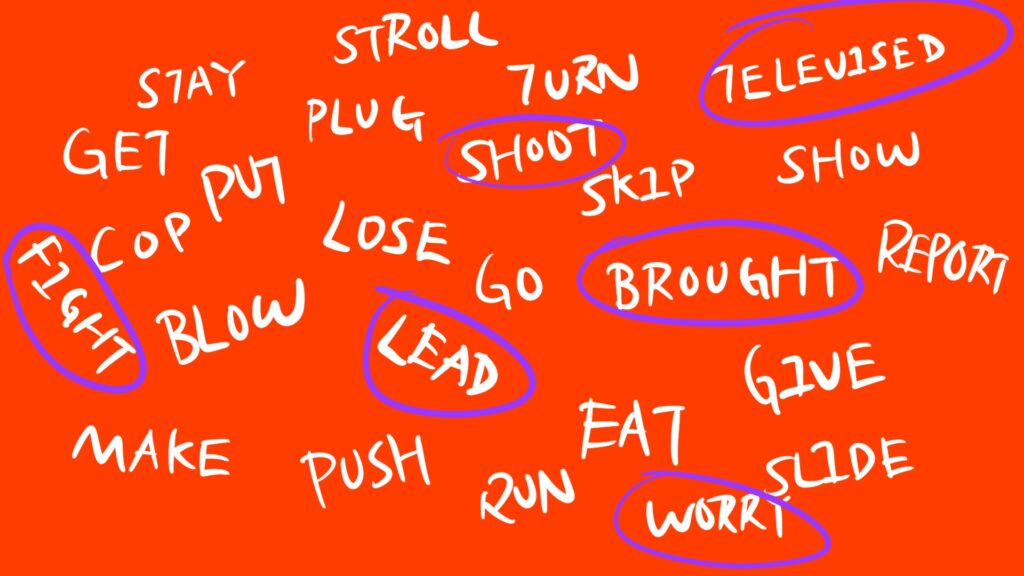
In my opinion, the overall poem did not look aggressive to me, but when I took all the verbs out, it starts to show the anger. In the image above, we can see words such as ‘Pushing’, ‘Shooting’, ‘Fight’ or ‘Worry’ expresses the idea of oppression as well as brutality. As we know from the research section above, Gil did not like violence in the protests, which means that he is rather a peaceful person. However, his work shows the anger inside his heart, by hiding these verbs in the poem.
IDEATION BRANSTORMING.
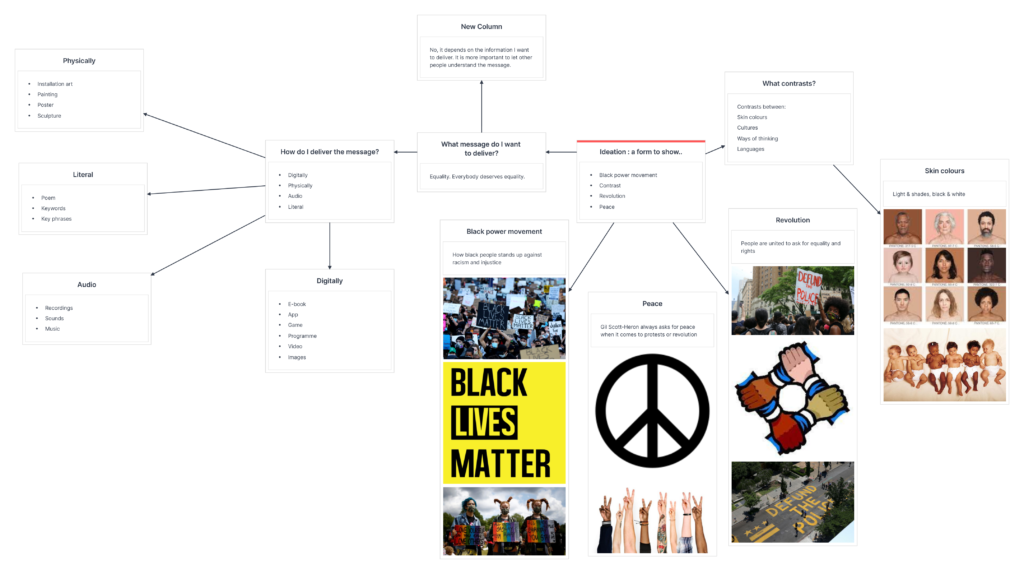
View in higher resolution: https://drive.google.com/file/d/1I4U0fSWx4nUo6GAIcJXbc8Cyp62ezhES/view?usp=sharing
EXPERIMENTATION 1 : SHADOWS.
CONTRASTS.
Differences between skin colours, origins and cultures are the core things when it comes down to contrasts. The difference generates contrasts and eventually leads to racism, inequality and injustice. I want to use contrasts as an element to express the idea of ‘Everyone deserves equality no matter how different you are compared to others.
In this case, skin colour is an obvious element to show the contrast. However, using skin colours bluntly isn’t helpful when delivering the messages, because the entire poem isn’t just about the colours. Therefore, I want to explore more possibilities that can represent not only the skin colours but also the differences between each individual.
The first thing that came to my mind is the contrasts between light and shade:
Here is a website that has a collection of interesting shadow arts:
https://www.hongkiat.com/blog/shadow-art/
The contrast between light and shade is a perfect representation of diversity. It can be used to represent people with different skin colours or genders. Furthermore, light and shadow are always attached to each other, which is a suitable representation of equality.
Here are some sketches I drew to show the shadow mechanics:
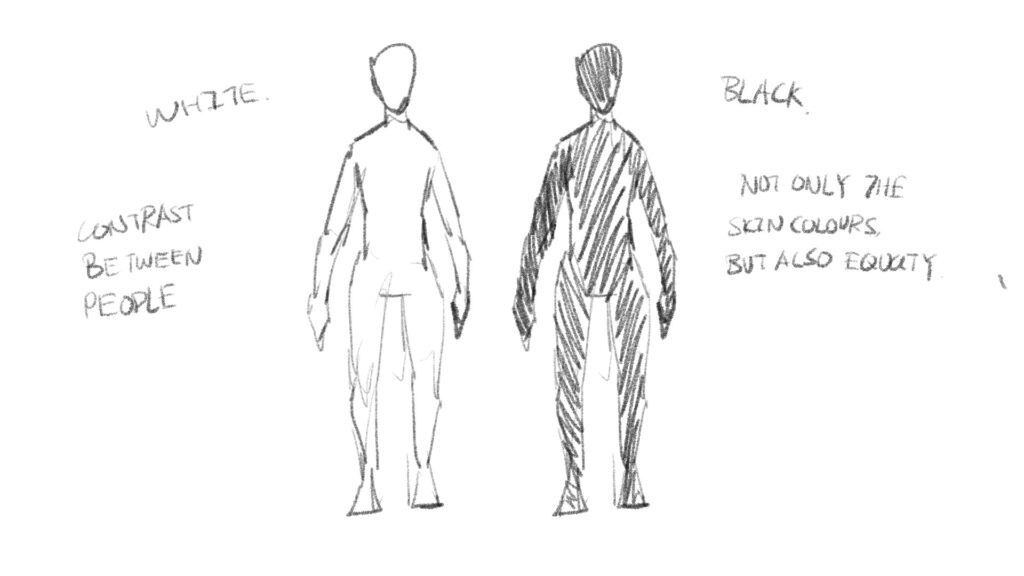
Everyone is the same no matter which skin colour you are. It’s all about equality.

Shadow a projection of us: same shape, same height and same volume, there is nothing different in between.
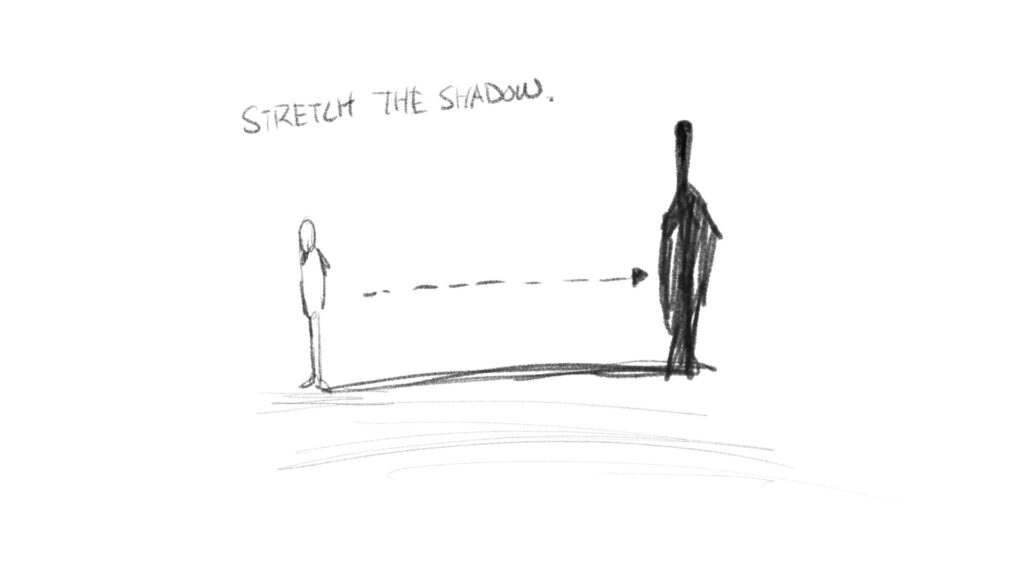
Shadow can be stretch based on the position of the light. It can also be rescaled.
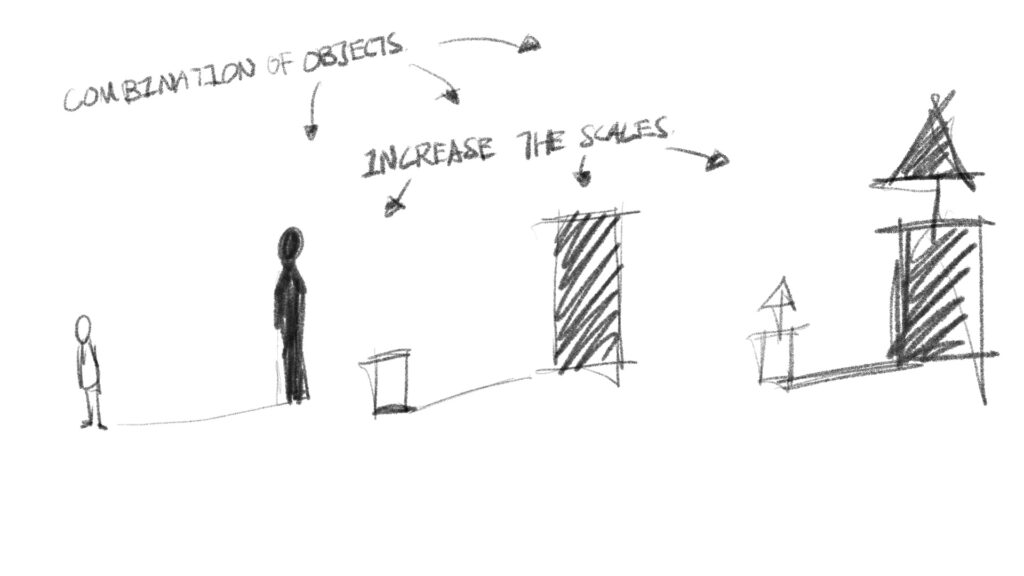
When you combine with multiple objects, it creates something new in the shadow.
TESTING.
These are some experiments I did with the shadows:
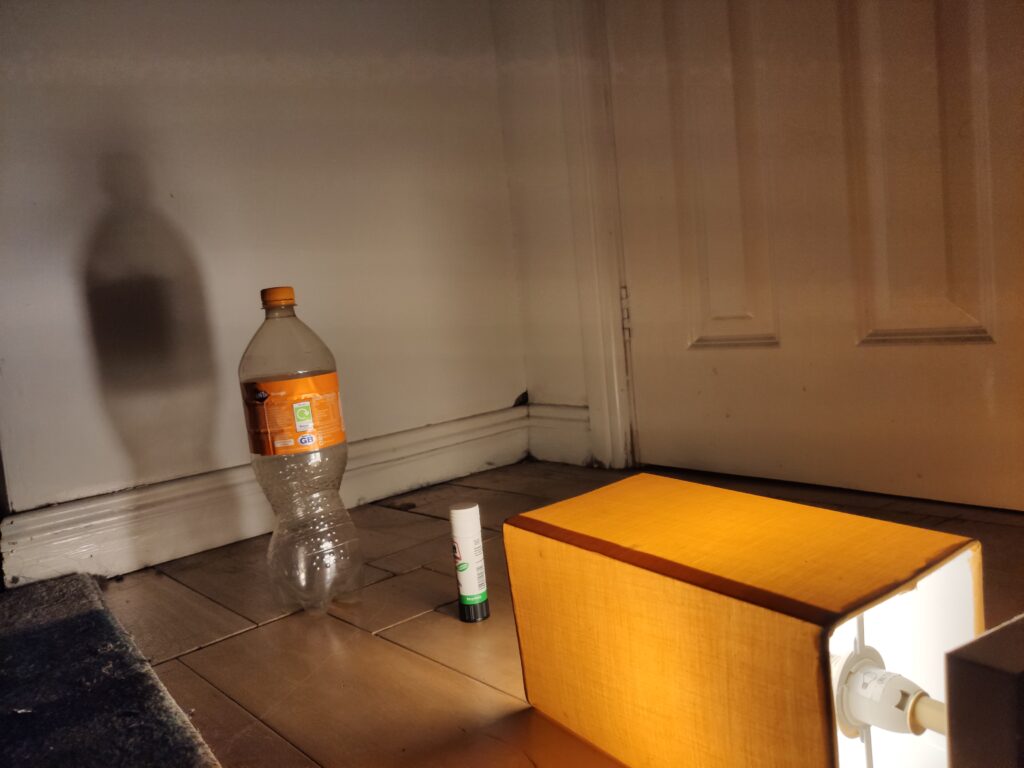
I tested the distances between light and objects. The water bottle has been projected onto the wall but not the gluestick. I think this might be about the distance and the size of the objects.

This time, I put multiple objects together to see the result. I like the water bottle’s shadow because the light goes through it projects interesting texture on the wall.
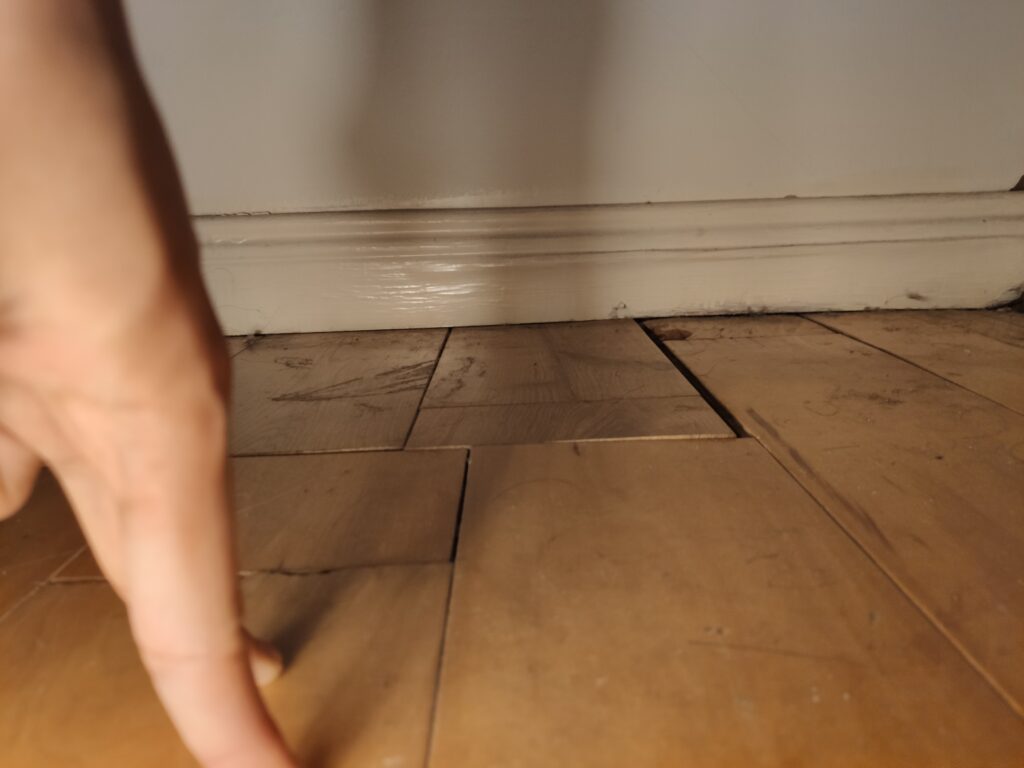
I also tested with my hands. I tried to make multiple shapes but then I realised the distance is an issue.

When I let my hand closer to the wall, the shadow becomes more obvious.
CONCLUSION.
In conclusion, I like the idea of using shadow and light to represent the contrast between people; If I use this idea in my publication, switching on & off the light could be a useful mechanic to let certain contents disappear and appear. (THIS IDEA INSPIRED ME TO CREATE A MASK THAT CAN CONTROL THE CONTENTS’ APPEARANCES THROUGH TEMPERATURE CHANGES)
INITIAL IDEAS.
Here are some ideas brainstorming:
The very first medium I thought about was motion graphics. The reason for choosing this as my publication form is because my topic is about revolution, footages of protests and sounds are more suitable to present on motion graphics.
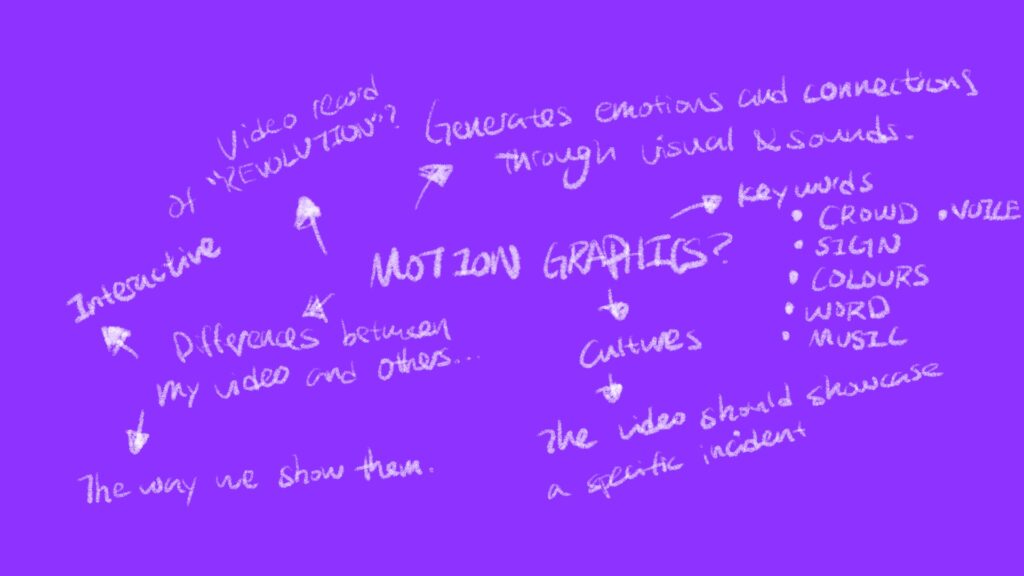
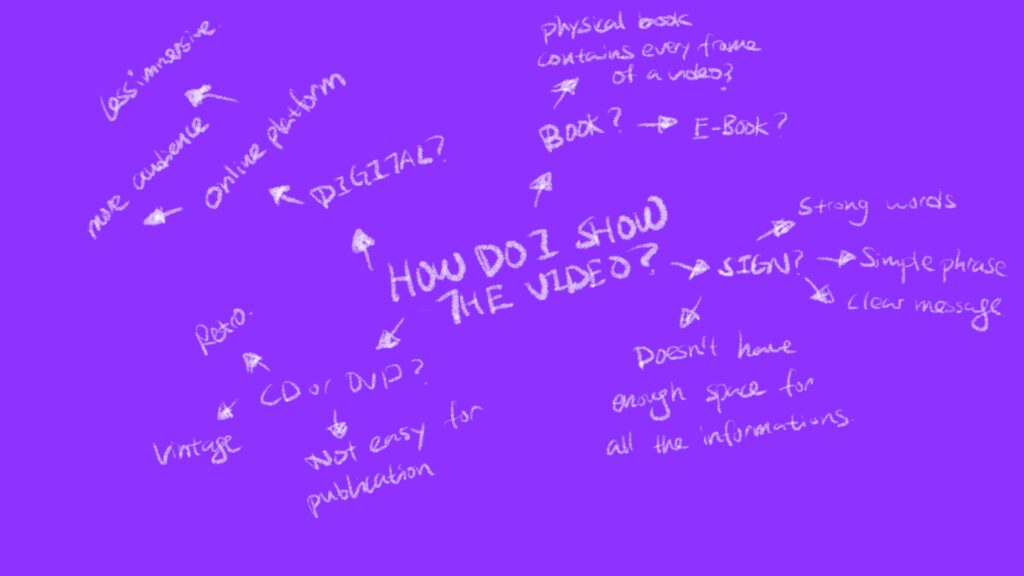
Once the publication form is decided, I then moved onto displays.
The principle of my design is to consider interactions in my work. That is because the topic is about revolution, and I want my audiences to feel it by interacting with my publication.
This is an idea about the digital sign:
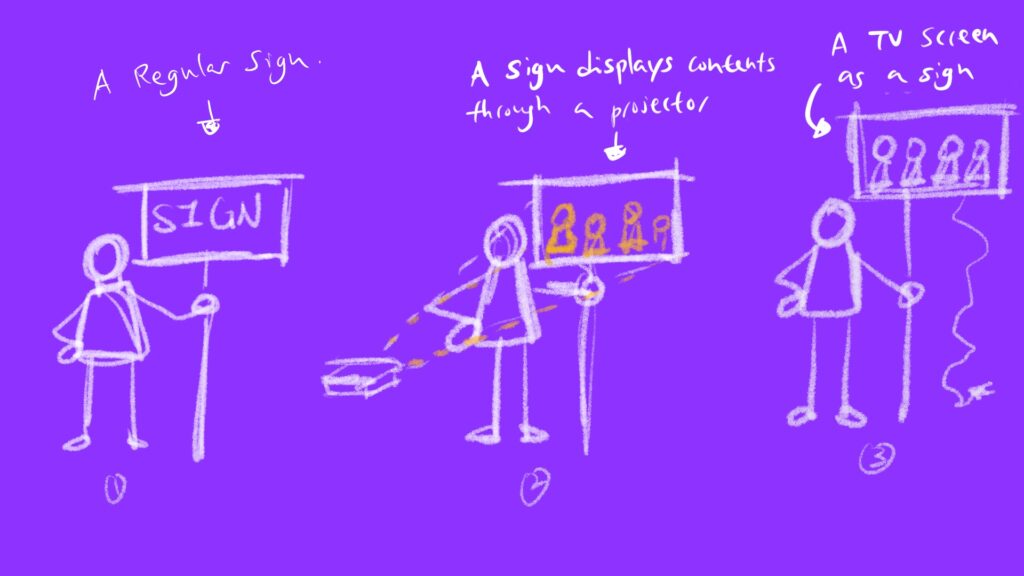
A lot of people use signs to express their feelings and demands, which I think is a perfect medium to display my publication. Most of the signs are images or texts, but what if I replace them with projected videos? Or even turning the sign into a TV?
To expand the idea, I made a small sketch on projecting videos based on the experiments I did previously:

There are three types of projections:
- Project on an object and creates shadow on the wall behind it.
- Having hollow texts so when the light goes through people will be able to see the contents.
- Change the shapes of the object and make it looks more meaningful.
CONCLUSION.
I like the idea of using a projector to deliver messages whilst creating contrast between lights and shades. I want to expand this idea and make it more meaningful and suitable for publication.
EXPERIMENTATION 2: PROJECTION. (FAILED)
In this experimentation, I wanted to test the workability of my idea.
Here is a brief description:
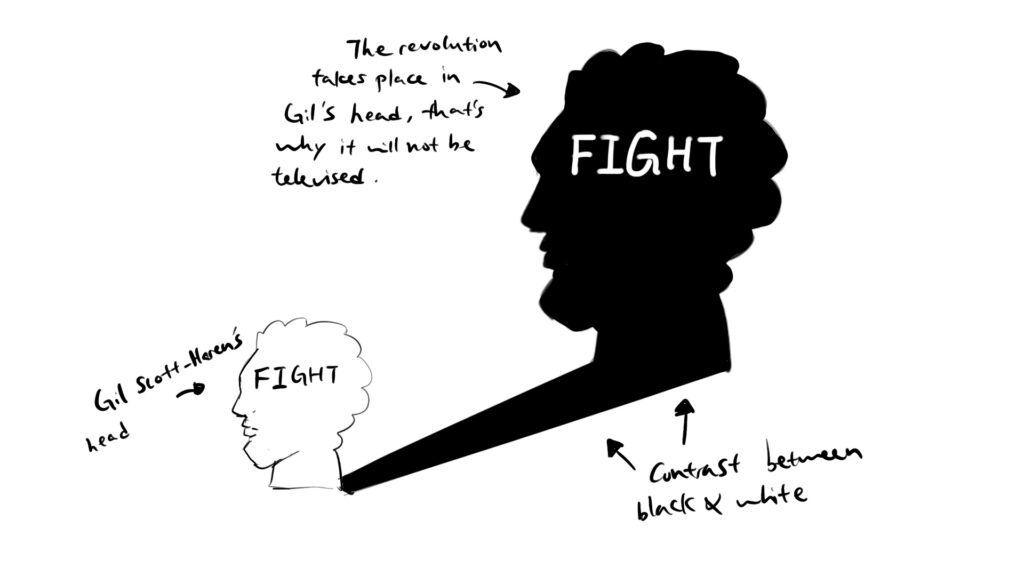
To sum it up, I am creating an object that is in the shape of Gil’s head. There will be hollow texts in his head to express the idea of ‘revolution is happening in our head’. This will be shown in an exhibition so the scale is going to be relatively large.
Here are some prototypes:
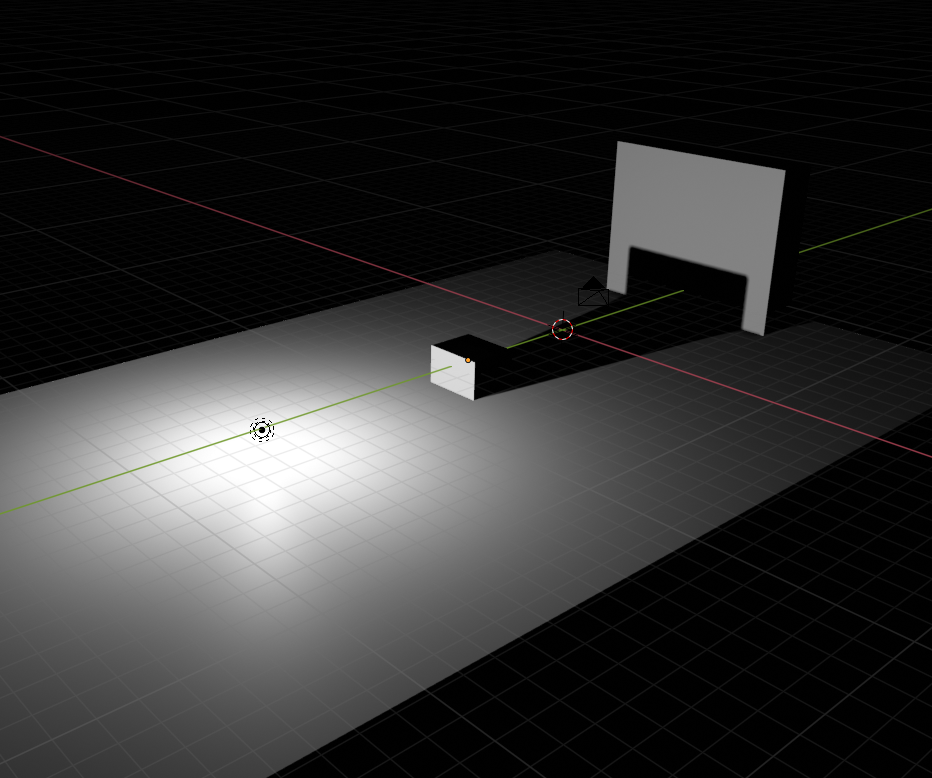
I used a 3D model software called ‘Blender’ to create a simple object and set up a light source to test out the distances.
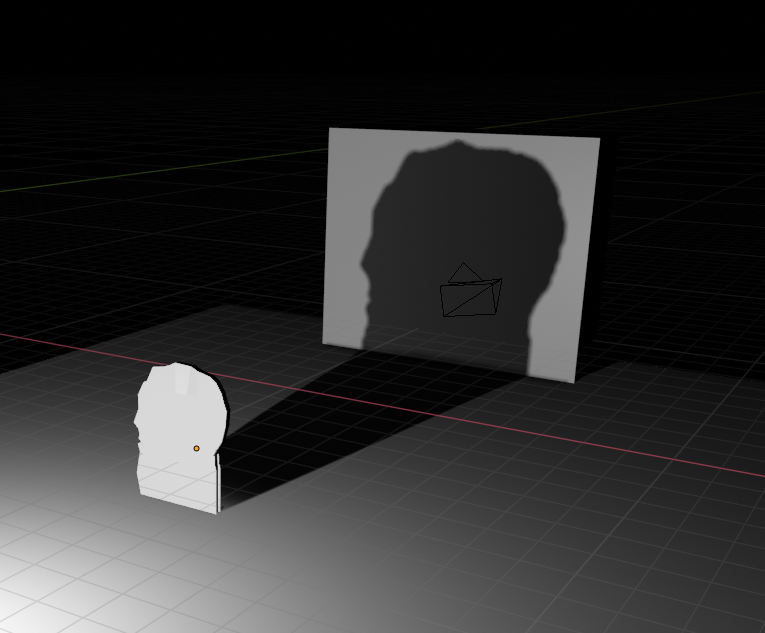
Once the distance is set, I then shaped it to Gil Scott-Heron’s head, here is a reference I used:
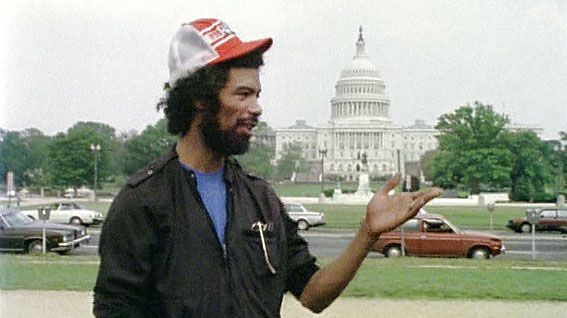
Once the head shape is done, I created a hollow text in the middle to allow the lights to go through:

After prototyping, I noticed the work looks a bit boring. Therefore, I added more features in it:
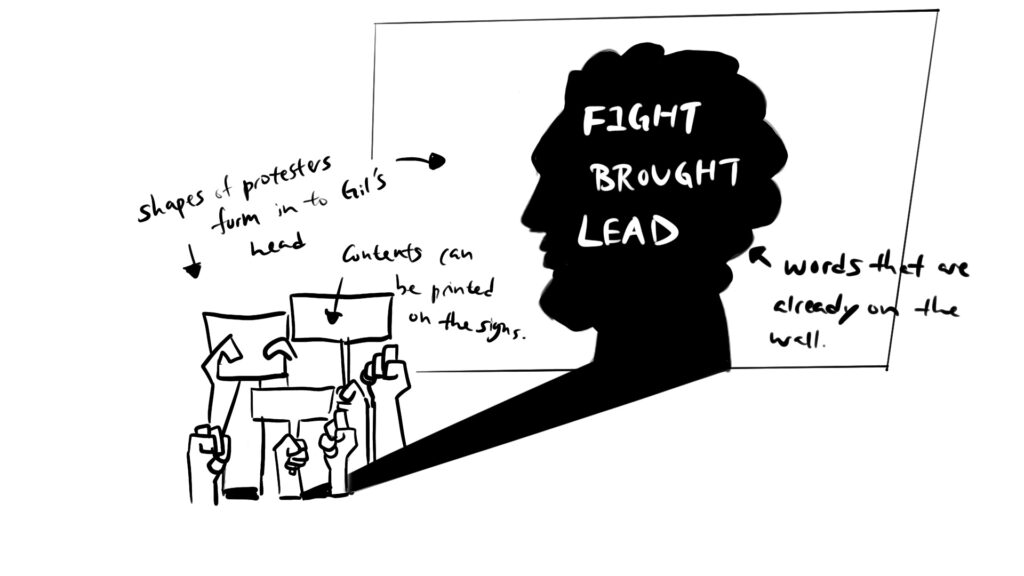
These are the features I added in:
- Keywords from the verb list I made, to express stronger feelings of ‘revolution’
- Hands and fists holding signs, to recreate a protest scene:
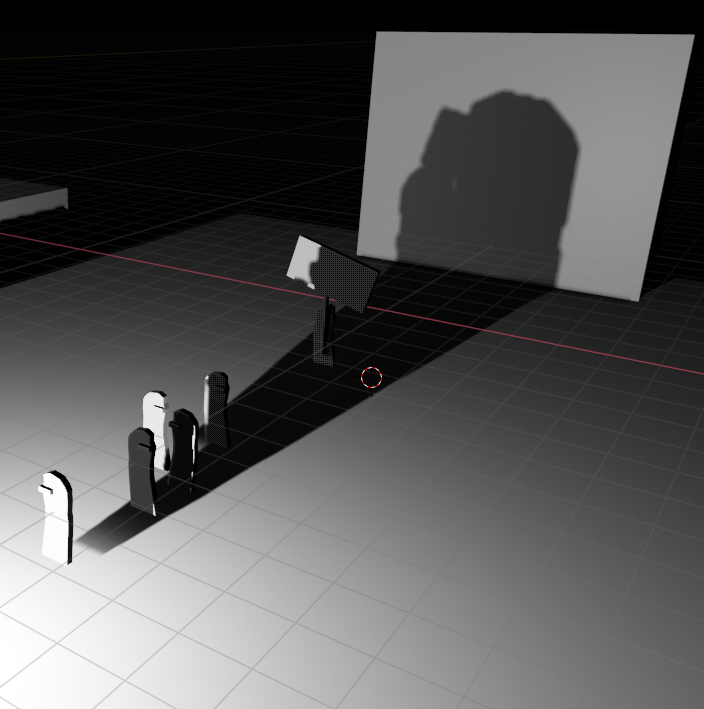

I made several pieces and realised that it is hard to create hollow texts because they are all separate objects. Therefore, I decided to put those words.
Here is the outcome o the prototype:

This is a description of my idea:
The protest crowd lift up their hands, and the light that goes through them creates Gil Scott-Heron’s head. Gil represents peace, but it doesn’t mean that whatever happens in his head is peaceful, because revolution happens in our minds. The image is projected onto the wall, informing the audience of this work’s context.
CONCLUSION.
After discussing with my tutor Danny and our tutor group, we all agreed that this idea doesn’t have space to carry the lyrics. Furthermore, my current work is lacking instruction for the audience to understand what it is about, so I need to have something that supports this publication. In addition, this piece of work is hard to display in reality because it requires a relatively huge space, 3D models and experimentations.
I also made an HMW list to expand my ideas, but it wasn’t helpful:
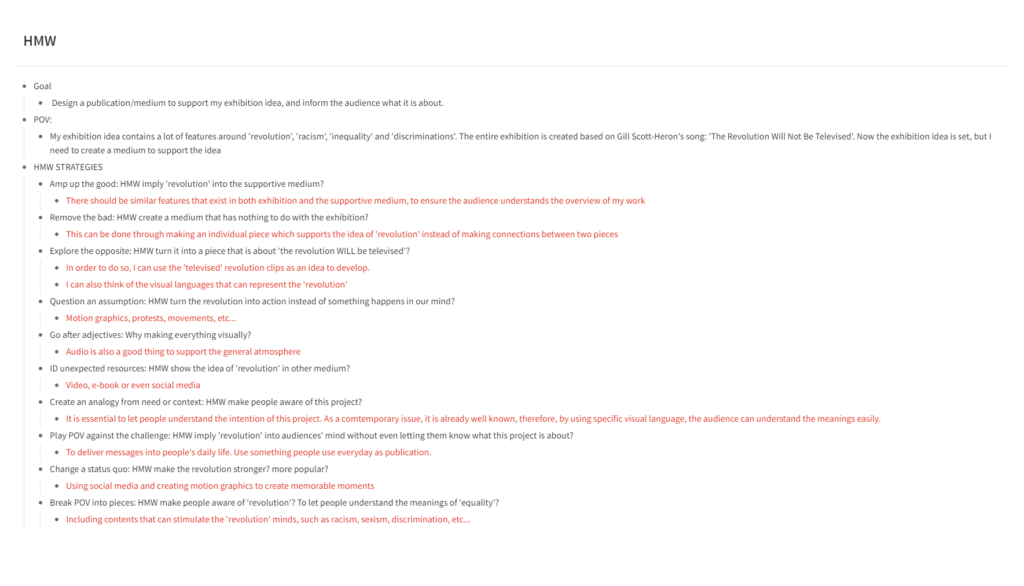
Unfortunately, this idea doesn’t go well because I missed a very important point at the beginning: The lack of interactions. The reason for using interactions is because I want the audience to take part in my work and feel the revolution. However, I focused too much on the visual and ignored the fact that it doesn’t have any interactive elements.
In conclusion, I decided to leave this idea as what it is and maybe come back later when I have something new to add.
THE NEW IDEA.
In the next section, I will be talking about how I was inspired by my prototype and developed it into my final idea, use this link to access:



